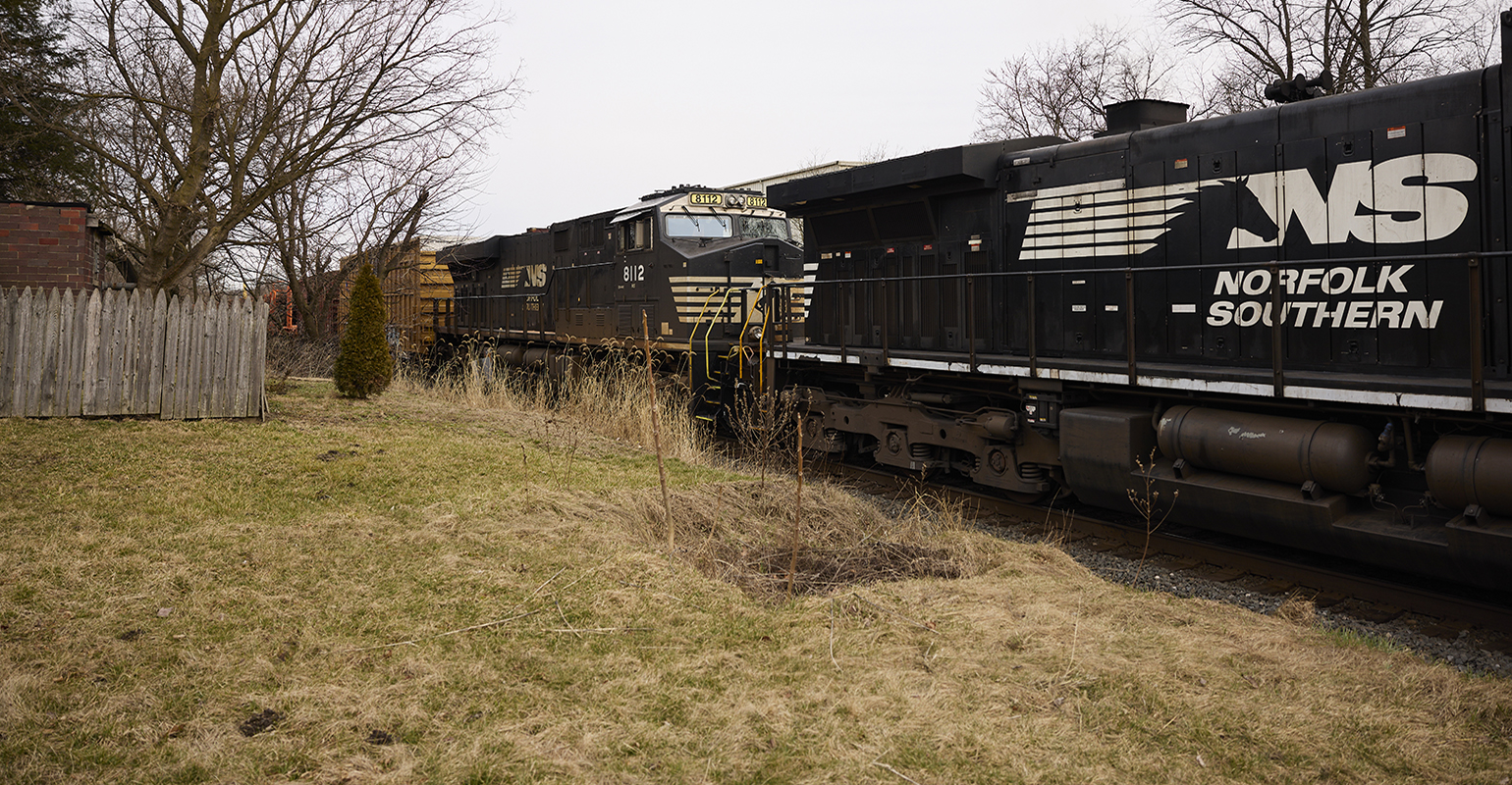
Train Derailment Will Not Affect Market Price, Availability of VCM

The derailment of a Norfolk Southern train carrying vinyl chlorine monomer (VCM) and three other suspected carcinogens in southeast Ohio on Feb. 3 is likely to place renewed emphasis on rail safety, according to Independent Commodity Intelligence Services (ICIS). However, the accident will not affect VCM production, availability, or pricing, said the market intelligence and consulting company. VCM is a key ingredient in polyvinyl chloride (PVC).
“The impact on the market for VCM is tiny. There is no market price that will fluctuate based on an incident like this,” Joel Lindahl, VP of vinyls at ICIS, told PlasticsToday. “This is an integrated industry across the chain and most VCM is produced by the same entity that will consume it. There is very little merchant market or little movement other than one company serving its own facilities. Most VCM is price-based on a formula that’s negotiated internally or based on internal calculations.”
The pricing is determined by a formula negotiated internally because both the manufacturer and user often are under the same corporate umbrella, he said. In some cases, companies that produce VCM are trying to do that in facilities close to the product’s end user, or vice versa.
Decline in rail shipments of chlorine
“Chlorine shipments by rail have declined in the last 10 to 20 years, while chlorine production is stable or on the rise,” Lindahl told PlasticsToday. “The reason for that is companies have chosen to ship chlorine by pipeline. It also means if you are building a new facility, put it near your customers. We have seen more integrated sites because having less transportation between sites is a way to mitigate the risk. New [plastic-producing] facilities have been built recently where the chlorine is made. Or new chlorine plants can be put up near their end users.”
Companies that continue to rely on rail transport for VCM and other hazardous materials are likely to see a renewed call for safety, which might translate into higher costs.
“Higher rates for shipping chlorine (by rail) have been the case for quite some time,” Lindahl told PlasticsToday. “A trend you can see over the years for chlorine is that the routing choices are avoiding intensely populated areas. Keeping these materials out of areas where an incident would impact large numbers of people is certainly something that people who are routing these chemicals should consider.”
11 train cars carrying hazardous materials derailed
The Norfolk Southern train derailment occurred in East Palestine, OH, a village of approximately 5,000 people near the border of Pennsylvania, about 40 miles northwest of Pittsburgh. The train had 151 rail cars — measuring 9,300 feet or 1.75 miles — 38 of which derailed. Some of them caught fire and damaged another 12 cars, according to the National Transportation Safety Board. Twenty cars were carrying hazardous materials and 11 of those derailed, releasing toxins in the air and soil.
Soon after the derailment, nearly half of village residents were ordered to evacuate because federal and state officials feared the vinyl chloride tanks might explode. To avoid a potential explosion, authorities breached five tankers carrying vinyl chloride, and set them ablaze, which sent hydrogen chloride and phosgene, a toxic gas, into the air, according to USA Today. Other chemicals that spilled include butyl acrylate, ethylhexyl acrylate, and ethylene glycol monobutyl ether, according to Cleveland.com.
Five tank cars carrying VCM would produce 430 tons of PVC, which is enough to supply one or two days of production at a small PVC plant, according to ICIS. That’s why the spill, while catastrophic to residents, will not impact the nation’s supply of VCM.
Aquatic life decimated
Fish and other aquatic creatures in nearby streams were decimated by the spill, which traveled down into the Ohio River, according to Cleveland.com. More than two weeks after the accident, some evacuated residents had not returned to their homes because they fear they are contaminated. Others who returned and have private wells supplying their water have been advised by state EPA officials to drink bottled water. Residents who drink municipal water have been told by the EPA that the water is safe to drink.
The Environmental Protection Agency (EPA) responded on the day of the derailment and began monitoring air quality and taking samples from streams in the area and trying to mitigate impacts from runoff. The EPA is monitoring for volatile organic compounds (VOCs) at the site, including VCM and butyl acrylate (butyl-A), as well as levels of carbon monoxide, oxygen, hydrogen sulfide, hydrogen cyanide, phosgene, and hydrogen chloride.
Probing the cause of the accident, the National Transportation Safety Board said that surveillance video shows “what appears to be a wheel bearing in the final stage of overheat failure moments before the derailment.”

Leave a Reply